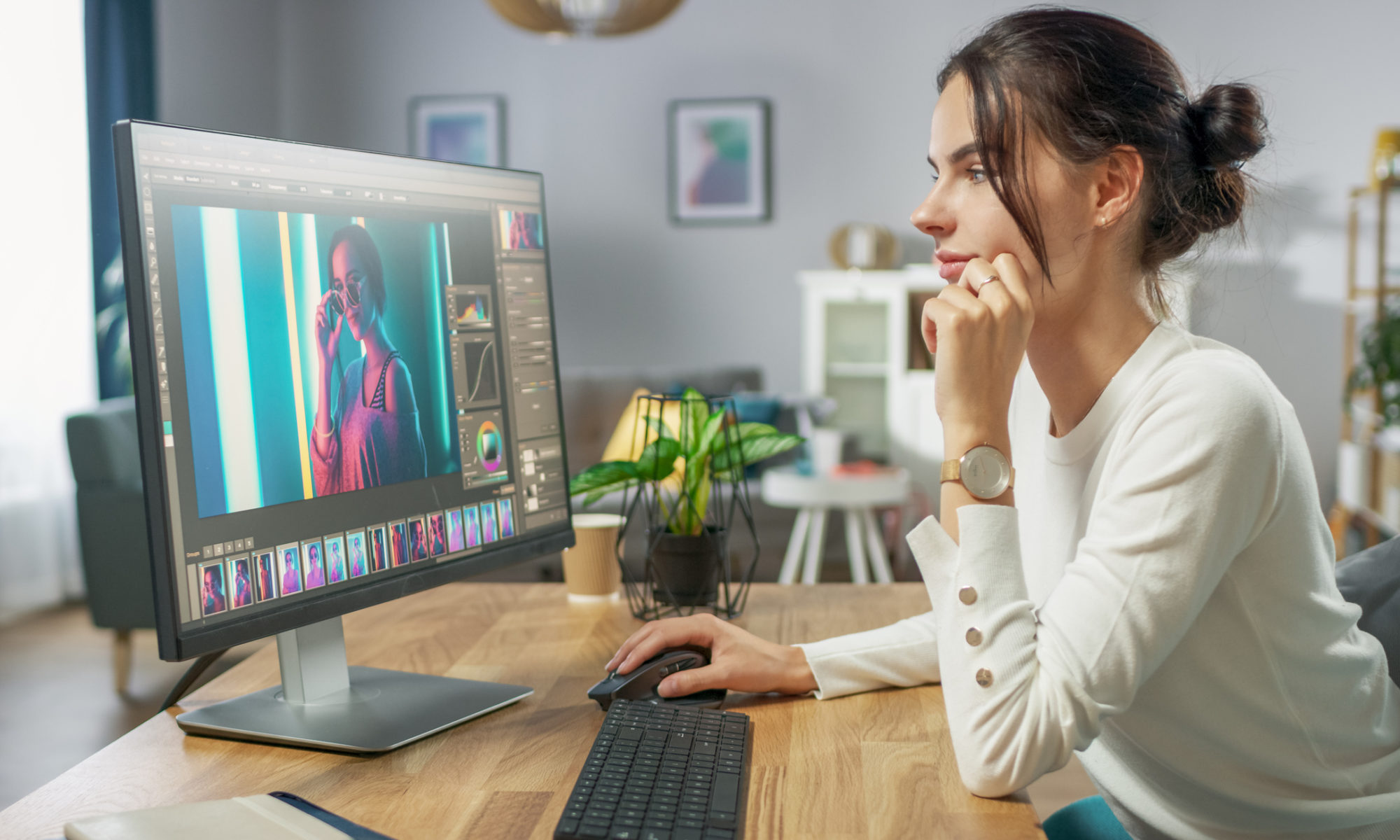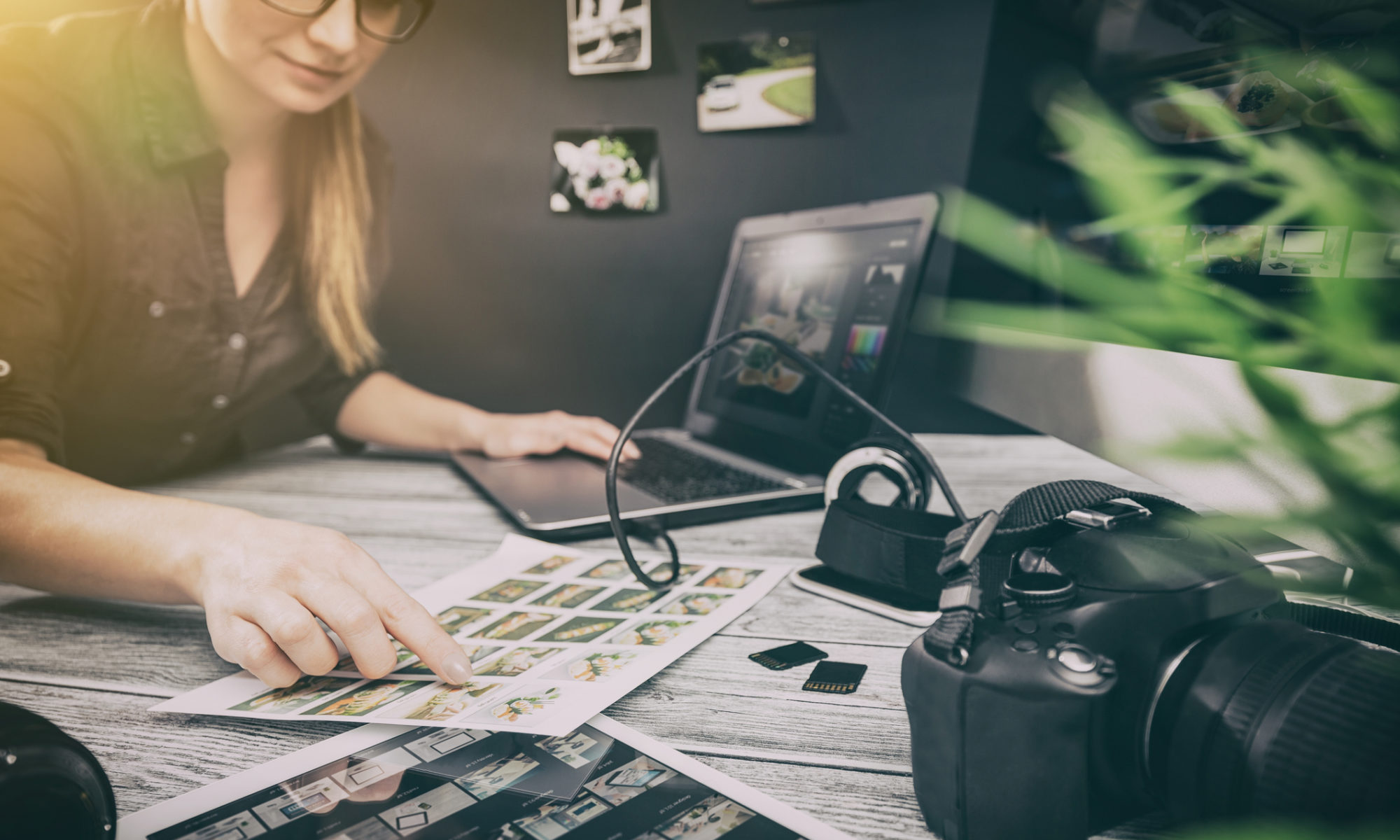Building a photography portfolio isn’t just building a website to upload all of your favourite pictures and hoping that people will engage with them. There are many different approaches to exhibiting your photos in a way that will highlight the quality of your work, and we have put together a list of top tips so that your photography website will stand out from the crowd and showcase your skill.
Take more photos
Get out there! The more photos you take, the more experience you get shooting different subjects and in different environments, which will help you develop your skill and creativity – check out these top tips on taking more interesting photos if you’re struggling for inspiration. If you’re just starting out in the photography business, you might need to take cheap or unpaid gigs to start with. Use your friends as models, shoot events for charity or ask to be a second shooter to professional photographers – but make sure you can use the event photos for your own portfolio! One tip – don’t shortchange yourself for too long. You may think you’re inexperienced, but offering free or extremely reduced rates devalues both your work and the profession at large.
By putting yourself out there and trying new things, it will be easier for you to create your own style, which is a crucial element in designing your portfolio.
Think about your target audience
What are you making a photography portfolio for? Is it to get a job, start your own photography business, or just to exhibit your work in one place? This is key to understanding your audience, as you want to show them images that they want to see. If you are trying to get into wedding photography, for example, you don’t want to upload your pictures of scenery or floral close-ups, no matter how beautiful they are. Upload images that your audience will want to pay you to create.
Select your featured images
This is never going to be easy, and it might take a long time – that’s ok. In a photography portfolio, you are only as good as your worst image, so this is a crucial step to wow your audience.
Your website builder should have an image gallery to embed onto the site, but think of your featured image gallery as a sneak peek into your work, so don’t upload hundreds of pictures. Instead, choose a handful of photos that represent you as an artist. Great photography portfolios have varied images, but they are all in one style – this is what will set you apart. Don’t make it look like you are copying loads of different artists! Keeping all your photos within your personal style creates a strong visual identity and will help your clients remember your work and decide if you are the artist they’re looking for.
Layout
Do some research on other photography portfolio websites. A clean, simple homepage is best as it makes your photos the main attraction. Don’t crowd the page either, make sure you leave some negative space between the images so that they stand out. If you are trying to showcase your versatility, put your photos in different categories – mixing newborn photos with late-night event photography can be jarring for a viewer.
The order you put your images may seem arbitrary, but it is a critical decision! On a basic level, you want your first and last images to be some of your best, as these are what the viewer will remember most, but ideally you want to think about the order more deeply. You can order them according to mood, composition, colour or movement, but you want them to flow and tell a story. You want your visitors to be moved by your images, as this will make sure they don’t forget your work.
Keep it simple
This is a delicate balance. You don’t want to fill your photography website with unnecessary elements or crowd your photos with a wall of text. However, you want your viewers to have an emotional connection with your images. Include a short caption describing the photo and where it was taken for each image, but if you have a short sentence-long story behind the photo that adds to the image, post that as well.
You are not alone!
As a photographer, it’s easy to stare at your photos so long you can’t work out if they’re good or if you just have a personal connection with them. Ask for feedback as much as you can, from friends, family, professional photographers or even someone you trust in your target market. Ask them how your photos make them feel, and whether they have questions about them they want to be answered.
Beautiful images, beautiful website
If you’re still looking for a website builder to showcase your photos, then Go Sitebuilder is a great option! With beautiful themes preloaded onto the website builder and image gallery plugins just a click away, you can have a professional photography portfolio website up and running in minutes. Try our 14-day free trial today to see how you can make your photos stand out against the competition.









